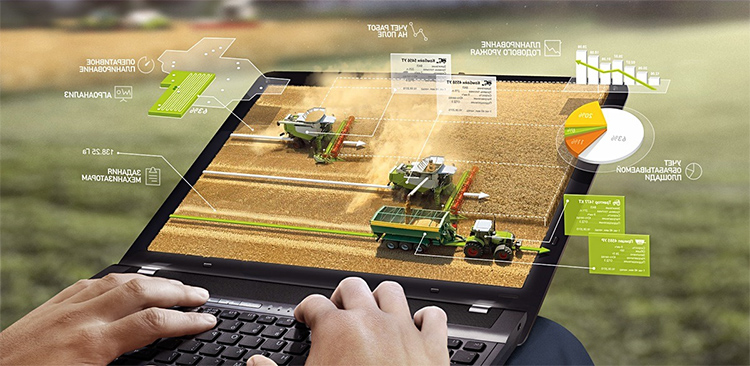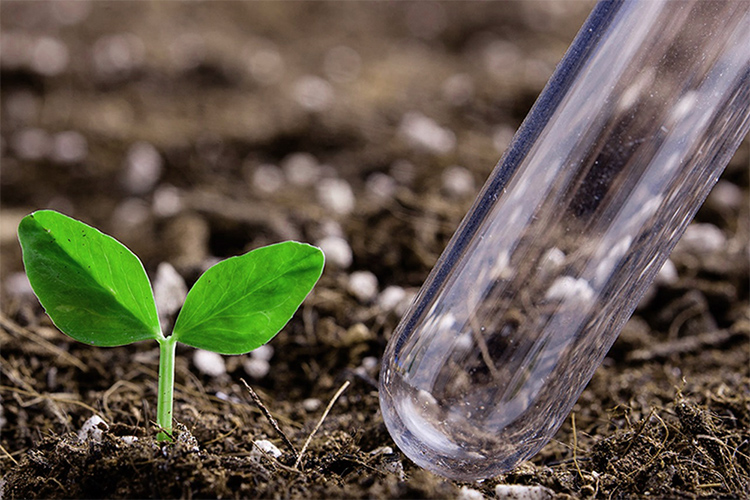The art and science of soil seeding and treatment are vital components of successful agriculture and land management. Employing the best techniques for preparing the soil, seeding, and nurturing the crop is essential for maximizing yield and ensuring long-term soil health. In this article, we will explore some of the best practices and techniques for soil seeding and treatment in detail, accompanied by real-world examples and applications.

The best practices and techniques for soil seeding and treatment
Soil Testing and Analysis

Before any seeding or treatment takes place, it"s crucial to conduct a comprehensive soil test. Soil testing provides valuable insights into the soil"s nutrient composition, pH levels, and texture, enabling farmers and land managers to make informed decisions about fertilization, soil amendments, and crop selection. For example, if a soil test reveals low nitrogen levels, a farmer may choose to utilize leguminous cover crops, such as clover or vetch, to naturally fix nitrogen in the soil, reducing the need for synthetic fertilizers.
Conservation Tillage
Conservation tillage techniques, such as no-till or reduced tillage, have gained popularity due to their ability to minimize soil disturbance and erosion. These methods help preserve soil structure, reduce water runoff, and maintain organic matter content, leading to improved soil health and sustainability. For instance, in the United States, many farmers have adopted no-till practices in the Midwest to conserve soil moisture and reduce erosion, particularly in areas with high-intensity rainfall.
Precision Seeding

Precision seeding technology allows for accurate placement of seeds at the optimal depth and spacing. From GPS-guided equipment to variable rate seeding, precision seeding techniques enhance crop uniformity, reduce seed waste, and ultimately improve overall crop yields. In the western United States, precision planting technologies have been employed to adapt to varying soil types, topography, and microclimates, ensuring that seeds are placed precisely where they will thrive, maximizing productivity while conserving resources.
Cover Crops and Crop Rotation
Integrating cover crops and crop rotation into soil management practices can significantly benefit soil health and fertility. Cover crops help prevent soil erosion, suppress weeds, and enhance soil structure, while crop rotation reduces the buildup of pests and diseases, improves nutrient cycling, and minimizes soil degradation. An example can be found in sustainable farming practices in California"s Central Valley, where farmers utilize cover crops such as legumes and brassicas to improve soil fertility and reduce nitrogen leaching, supporting the long-term health of the soil.
Soil Compaction Management
Controlling soil compaction is essential for promoting healthy root development and water infiltration. Techniques such as deep tillage, controlled traffic farming, and the use of appropriate tire inflation pressures help alleviate soil compaction, fostering improved root growth and nutrient uptake. A prime example of soil compaction management can be seen in the southeastern United States, where farmers implement controlled traffic farming systems to confine heavy machinery to specific tramlines, minimizing soil compaction and preserving soil structure.
Organic Matter Management
Maintaining adequate levels of organic matter in the soil is vital for promoting microbial activity, improving water retention, and enhancing nutrient availability. Implementing practices such as compost application, mulching, and the use of cover crops contributes to the overall health and productivity of the soil. In regions like the Pacific Northwest, organic matter enhancement is achieved through the application of compost and the adoption of agroforestry practices, ensuring soil fertility and resilience.
Integrated Pest Management
Effective soil seeding and treatment involve the implementation of integrated pest management (IPM) strategies to manage pests, diseases, and weeds. Employing biological control agents, crop monitoring, and targeted pesticide use minimizes the environmental impact while sustaining high crop yields. In vineyards across California, integrated pest management strategies involving the use of pheromones, natural predators, and predictive modeling are employed to control pests while minimizing the reliance on chemical pesticides.
Conclusion
Employing the best techniques for soil seeding and treatment is instrumental in achieving sustainable agriculture and land stewardship. By incorporating soil testing, conservation tillage, precision seeding, cover cropping, soil compaction management, organic matter enhancement, and integrated pest management, farmers and land managers can foster healthy, productive soils, ensuring long-term agricultural viability and environmental sustainability. These techniques not only boost agricultural productivity but also contribute to the preservation of natural resources and ecological balance, ensuring a healthier and more sustainable future for the planet.